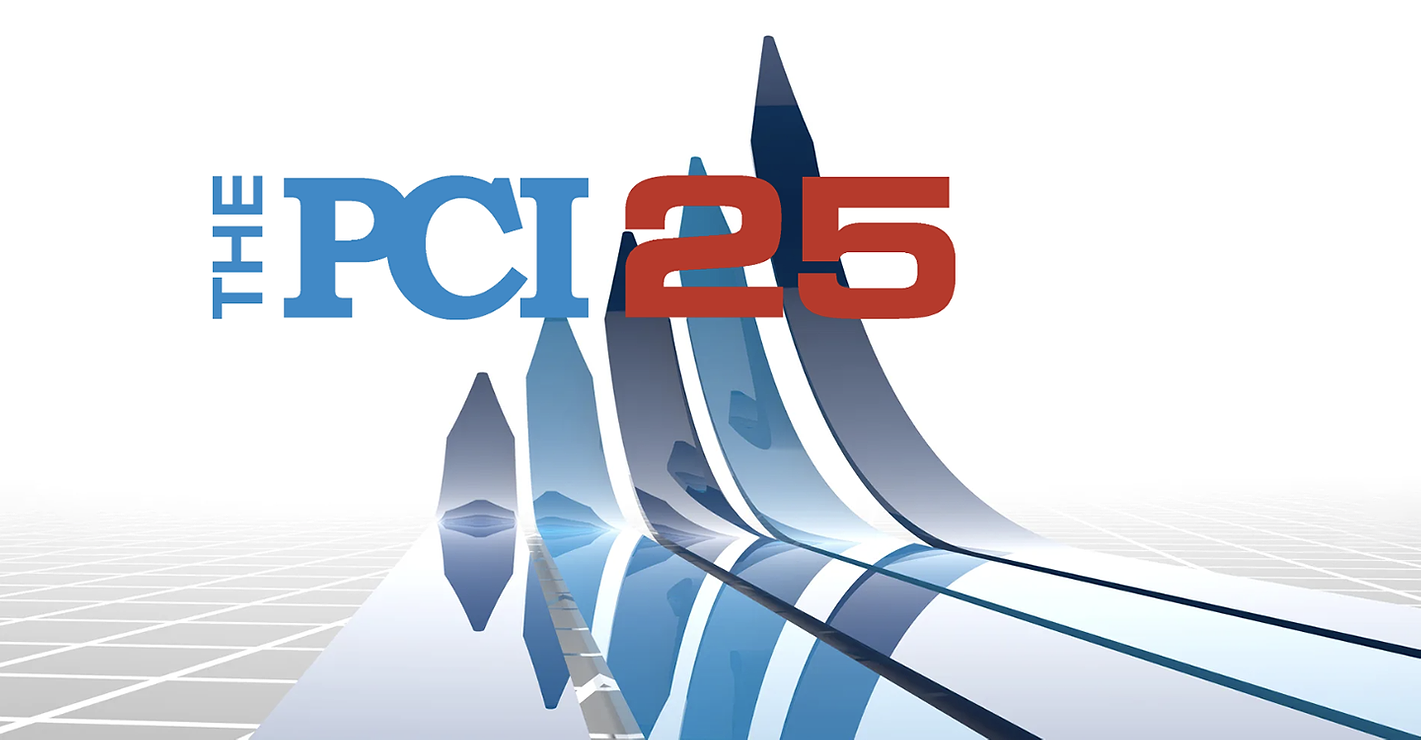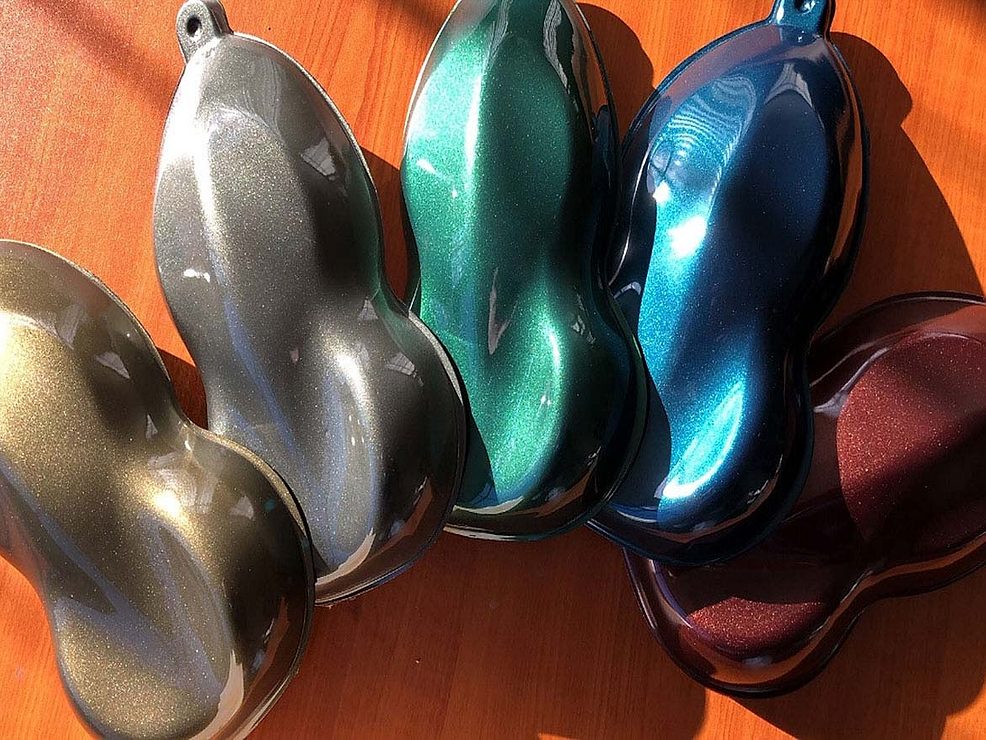Post-Assembly Coating
We make service vehicles that are used for sweeping and snow removal by commercial facilities and institutions. Some of our parts are coated before assembly but most of our products are painted after assembly with the belts, hydraulics, and other parts already in place. We have been asked by the local regulatory agencies to consider powder coating to reduce our emissions but we do not see how we can use powder coating on our assembled product. Are there any low temperature powders that can be used with rubber parts and other materials that are used in the assembled product or do we need to consider coating all of our parts before assembly? If we need to coat the parts before assembly will the powder hold up to the handling when we fit everything together and bolt it up? Our current liquid paint is not very durable and would not take the abuse of assembly. It is also not as durable as we would like in the field and we have been told that powder will perform better.One of the greatest advantages of powder coating is allowing manufacturers to do post assemblies and in some cases post forming on already coated components. In general, powder coating will exhibit far superior flexibility, scratching, scuffing and impact resistance than conventional liquid paint, which enables post drilling, bending and bolting together at the final assembly. Outdoor equipment such as lawn mowers and snow blowers have been powder coated then post assembled for many years with great success. The same goes with snowmobiles and bicycles where you will find many post-assembly steps. What to look for is to enable your assembly process to handle these coated parts. This can be done by using fixtures or templates that would incorporate nonabrasive material. Surface preparation is also a key factor as it will ensure powder coating adhesion to the substrate.
Today's powder coatings can be cured at much lower temperatures and new possibilities are therefore on the horizon. Fully assembled hydraulic cylinders are now being powder coated as well as other heat-sensitive material. With the help of infrared curing technology, it is possible to cure rapidly heavy mass as well as light-sensitive material using a tailored powder coating. Using a conventional convection oven, as little as 275°F for 12 min will provide a durable finish, and the same can be cured in less than 2 min with infrared.
Formulations can vary and be adapted to your needs such as chemical resistance and UV resistance.
Epoxy Powder Vs. Epoxy/Polyester Hybrid Powder
We have been using epoxy powder on our parts for several years now. All of our products are used indoors. One of our vendors has suggested that we try some epoxy/polyester hybrid powder. He says that it is cheaper and that it will perform as well as the epoxy that we use now. The price per pound is lower but we want to be sure that it will do the job. How do the two optional materials compare?In selecting a powder coating, you must ask yourself what functionalities you would like to see in your finish. Not all powder coatings are equivalent, but you are bound to find the right combination to suit your needs. Because you do not need UV resistance, epoxies and hybrids are your predominant choices. Hybrids will have a better color stability in your oven than epoxies (especially on light colors) and in the current market they are also a less expensive alternative than epoxies. Traditionally epoxies will be used for flat to low gloss smooth finishes or whenever extreme conditions require strong chemical resistance. Obviously in these cases, even epoxy-formulated powders would differ from each other. Other attributes to look for in any coating substitution are hardness, impact resistance, specific gravity and hiding capabilities, product compatibility, and curing parameters. This would ensure a smooth transition between the two chemistries.



